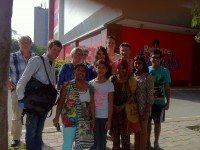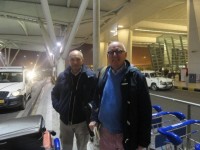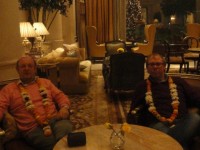
Rajkot
Rajkot is the fourth largest city in the state of Gujarat, India, after Ahmedabad, Surat, and Vadodara. Rajkot is the 35th-largest urban agglomeration in India, with a population more than 1.28 million as of 2012. Rajkot is the Ninth cleanest city of India. Rajkot is also the 22nd-fastest-growing city in the world. The city contains the administrative headquarters of the Rajkot District, 245 km from the state capital Gandhinagar, and is located on the banks of the Aji and Nyari Rivers. Rajkot was the capital of the Saurashtra State from 15 April 1948 to 31 October 1956, before its merger to Bombay State on 1 November 1956. Rajkot was reincorporated into Gujarat State from 1 May 1960.
On 26 January 2001 a devastating earthquake centered near Bhuj, measuring 6.9 on the Richter scale, struck the city.
Connectivity:
Air: Air travel is developing slowly in the city. There are multiple daily flights to Mumbai, served by Indian Airlines, Jet Airways and other carriers. Intermittent services to Ahmedabad and a hopping service to Bhavnagar on the way to Mumbai have been undertaken periodically. Currently Indian Airlines and Jet Airways offer daily flights between Rajkot and Mumbai Airport.
Rail: Trains for the all the major cities of India are available from here. Rajkot Junction is the more widely used railway station for passenger trains. Its elevation is 128 m above sea level..
Road: Rajkot is very well connected with Gujarat State Highways. There are a number of private bus operators connecting city with other cities of Gujarat state and other states of India.
Rajkot has many historical landmarks and places to visit. The Jubilee Garden is a large, open park in the center of the city featuring many monuments from colonial times.
Kaba Gandhi No Delo is the house where Gandhiji’s father, Karamchand Uttanchand Gandhi (Kaba Gandhi) resided at Rajkot, serving as Diwan (Prime Minister) to the King. Gandhi ji himself spent a few years of his early life here from 1881 to 1887. This is a typical Saurashtra ‘dela’ type house with a central approach from an arched gateway. It was built on 1880–81 A.D. and today it depicts an interesting photo essay of his life.
The Rotary Dolls Museum has a collection of more than 1,400 dolls from all over the world.
The Lang Library and the G.T. Sheth Library collects thousands of documents and books covering every period in Rajkot and Saurashtra (region) history.
Other points of interest in Rajkot include Gebanshah Pir Dargah, Hashanshah Pir Dargah, Turkibapu’s Dargah, Swaminarayan Gurukul, Masonic Hall, Jam Tower, Race Course, Aji Dam, Ramakrishna Aashram, Shri Ranchhoddas Ashram, Swaminarayan Temple.















